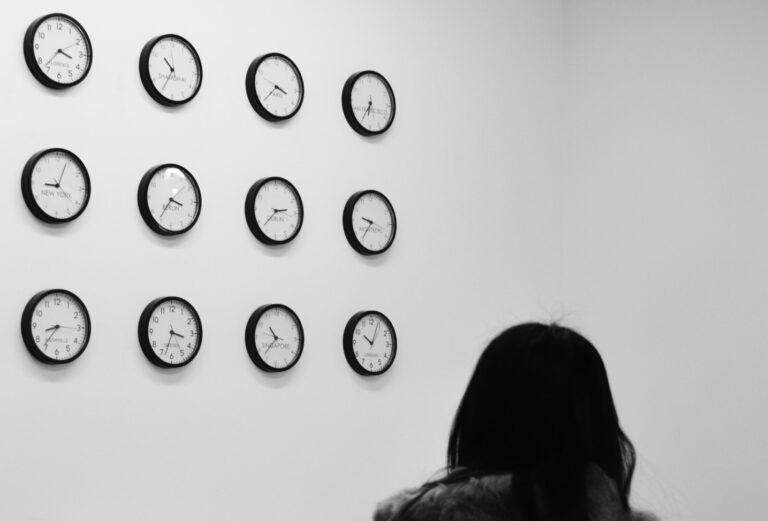If you’ve been comparing mortgage rates, you’ve already encountered one reality about the process of buying a home or refinancing: What you see today might be gone tomorrow. While interest rates change all the time, a mortgage rate lock ensures the rate on your mortgage stays the same, from the initial quote to closing.
Key takeaways
- A mortgage rate lock does just that: locks in your mortgage rate so that it won't change for a certain period of time.
- Mortgage rates change frequently. A rate lock helps protect you from those fluctuations, so you won't pay more if prevailing market rates rise before you close on your loan.
- You can lock your rate for anywhere from 30 days to 120 days, depending on the lender.
- Some lenders offer rate locks for free, while others charge a fee. Others only charge a fee when you extend the lock period.
- Locking in your rate isn't a binding contract to work with that lender
- you can still switch lenders if you choose to.
What is a mortgage rate lock?
A rate lock is a guarantee that a mortgage lender will honor a specific interest rate at a specific cost for a set period.
The benefit of a mortgage rate lock is that it protects you from market fluctuations. For example, if your lender locks in your rate at 5.68 percent for 45 days and rates jump up toward 6 percent within that period, you’ll still get your loan at the lesser rate.
“Mortgage interest [rates] can change every day and sometimes even multiple times a day, so we always recommend that borrowers lock in their rate,” says Richard Greene, branch manager and loan officer at New Mexico Mortgage Company in Albuquerque.
It’s up to you to seek the rate lock. If you choose not to do so, and you have no rate lock, this is known as “floating” a rate. That’s not always a bad strategy — when interest rates are falling in general, you would want to take advantage of this favorable movement in the market. (The float is typically 30 days to 60 days, but it might be longer if you’re willing to pay more in fees to get it.)
With mortgage rates in flux in 2023 so far, you could potentially save thousands if you lock your rate.
Why do mortgage rates fluctuate?
Several factors influence mortgage rates. For one, rates tend to rise when there’s strong demand for homes. If demand slows, rates tend to drop to attract more homebuyers to the market.
Generally speaking, rates also tend to increase when the economy does well, and slump during downturns to encourage growth. Mortgage rates can react to volatility, as well, such as the series of regional bank failures in 2023.
The Federal Reserve plays a role in mortgage rates, too. When the Fed raises its key borrowing rate, the rates on adjustable-rate mortgages (ARMs) and home equity lines of credit (HELOCs) follow suit.
The central bank doesn’t have as direct an effect on fixed home loan rates, however, but its policies are tied to the broader economy, including the 10-year Treasury yield. The 10-year, in particular, informs the movement of fixed rates.
How long can a rate be locked?
While 30-day and 60-day rate locks are the norm, you might be able to find significantly longer options that stretch closer to a full year. It all depends on what the mortgage lender offers.
Of course, you might have to pay a higher fee for a longer lock. In some cases, that can be an easily justified cost. For borrowers of construction loans, for instance, paying for an eight-month rate lock might save them money in the long run, especially as interest rates rise.
Mortgage rate lock extensions
If you’re nearing the end of the rate lock period and need more time to close on your home, you can pay for a rate lock extension. The fee is typically a percentage of your loan amount. The longer the extension, the more you’ll pay. It’s typically more efficient to pay for a longer rate lock upfront and give yourself a cushion in the event you need more time.
When can a mortgage rate be locked?
It depends on the mortgage lender. Some lenders offer a mortgage rate lock once the borrower is preapproved with just an address of a prospective home. Others might wait for the seller to accept the buyer’s offer.
If you lock too early, however, you might end up exceeding the expiration date and facing extension fees or a new rate. So, if you’re just starting to look at properties, it might not be wise to opt for a rate lock just yet — you’ll want to avoid feeling rushed to find a place and close the loan.
Also, keep in mind that the lender can void a rate lock if certain items on your credit report or mortgage application change between the time of your agreement and final underwriting.
The sweet spot is the optimal combination of the interest rate, term and costs. Most lenders won’t lock your rate for less than 30 days unless you’re ready to close, and often offer the same rate for a 15-day and 45-day period. Ask about the rates for several lock periods: 30, 45, 60 or 120 days. Any term longer than 60 days gets pricey, so it might be smarter to wait until you get closer to the closing and check again.
How to lock in a mortgage rate
You won’t get the opportunity to lock your mortgage rate until your lender has at least had a chance to do a preliminary review of your finances. Your lender will likely need some or all of the following documents beforehand:
- Credit report
- Social Security Number verification (a form you sign)
- Last two months of bank statements
- Last two months of investment account statements
- Last one to two years of tax returns
- Last one to two years of tax forms like W-2s, 1099s, etc.
- Past 30 days of pay stubs
- Identity verification (for example, a driver’s license or passport)
After verifying your credit score and getting a sense of how much you plan to put down and other factors, your lender will be able to give you a quote for your rate. At this point, it’s wise to ask for details on its rate-lock policy. If things look good to you, simply submit a request to lock in the rate.
Should you lock in a mortgage rate?
Given this year’s fluctuating rates, locking in your rate can pay off.
Consider if you lock in a 6.74 percent rate on a 30-year loan for $300,000. At this rate, you’d pay $400,408 in total interest.
Now, let’s say you don’t lock your rate and rates rise to 6.99 percent by the time you close. For the same mortgage, you’d pay $418,567 in interest — a difference of $18,159.
You can use Bankrate’s mortgage calculators to get a sense of what you’d pay based on your rate lock.




